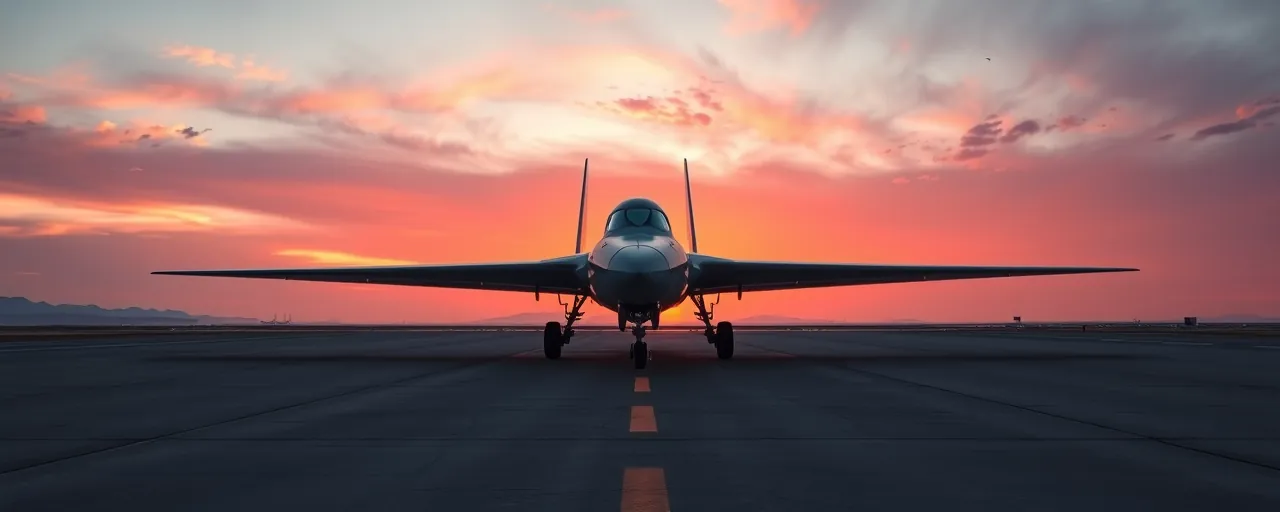A Gathering Storm
The world is growing more dangerous by the day. China aims to quadruple its nuclear warheads by 2030, Russia escalates tensions with advanced hypersonic systems, and North Korea’s missile tests keep global leaders on edge. These aren’t abstract threats; they’re the stark reality of 2025. America’s nuclear arsenal remains our strongest defense against this rising tide, but it’s fraying at the seams.
Air Force Gen. Thomas A. Bussiere, speaking to the Senate Armed Services Committee, delivered a sobering message: our nuclear deterrence is at a breaking point. Legacy systems are outdated, airmen are stretched thin, and global adversaries are advancing rapidly. The Air Force Global Strike Command, responsible for nuclear and long-range strike missions, faces unprecedented strain. Hesitation now could cost us dearly.
Our nuclear triad—land-based ICBMs, strategic bombers, and submarine-launched missiles—has deterred aggression for decades. Yet systems like the Minuteman III, designed in the 1960s, are well past their prime. Modernization is no luxury; it’s a necessity to keep adversaries at bay and protect our way of life.
Why does this matter to everyday Americans? A strong nuclear deterrent prevents wars, safeguards allies, and ensures global stability. Without it, the balance of power shifts to those who don’t share our values. The time to act is now.
The Perils of Delay
Some voices urge a different path, advocating for reduced nuclear spending in favor of diplomacy or conventional forces. They argue that arms control could ease tensions or that scaling back land-based missiles would save billions. This perspective misreads the moment. China’s nuclear buildup and Russia’s aggressive posturing show no signs of slowing. Relying on goodwill while rivals arm themselves invites disaster.
The Sentinel ICBM program, set to replace the aging Minuteman III, has seen costs climb over 80%, sparking calls to abandon it. But eliminating this leg of the triad would weaken our deterrence, leaving us exposed. Similarly, the B-21 Raider bomber and Columbia-class submarine face delays and budget overruns. These challenges are real, but cutting corners on national security is not the answer.
The human element is just as critical. Our airmen and Navy specialists operate under immense pressure, maintaining systems pushed beyond their limits. Bussiere warned that operational margins are gone. Compounding this, the defense sector struggles to attract skilled workers—nuclear engineers, welders, and cyber experts are in short supply. Since the 1980s, aerospace employment has plummeted, and retirements are draining expertise. Without investment in both technology and talent, our readiness falters.
Building Unshakable Strength
The solution lies in unwavering commitment. Fully funding the Sentinel, B-21, and Columbia-class programs is non-negotiable. Navy Vice Adm. Johnny Wolfe Jr. underscored the Trident II missiles’ reliability, noting the sea-based leg’s critical role in deterrence. Yet even this force requires upgrades to counter emerging threats like hypersonic weapons. Programs like Conventional Prompt Strike are essential to keep pace.
Rebuilding our workforce is equally urgent. Industry partnerships, STEM education, and competitive benefits can draw young talent to defense careers. The sector competes with tech giants for skilled workers, and outdated hiring practices, like lengthy security clearance delays, hinder progress. A robust industrial base, powered by dedicated professionals, is the foundation of our nuclear strength.
This approach ensures peace through overwhelming capability. A credible deterrent prevents conflicts and reassures allies, from Japan to NATO, who depend on our nuclear umbrella. History supports this: Reagan’s bold investments in the 1980s forced the Soviet Union to negotiate, ending the Cold War. Strength, not restraint, shapes a secure world.
Choosing Our Destiny
America faces a defining moment. Global military spending soared to $2.718 trillion in 2024, with the U.S. contributing $997 billion. That investment must grow to meet the challenges ahead. China and Russia are narrowing the gap, and every dollar spent on modernization strengthens our position as the world’s guarantor of stability.
Advocates for arms control argue it reduces risks, but with Russia flouting treaties and China expanding unchecked, unilateral concessions weaken us. A flexible, survivable nuclear force is the only way to deter multiple adversaries in today’s multipolar world. Why would we limit our defenses while others build theirs?
The choice is clear. By investing in our nuclear arsenal and workforce, we secure a future where America remains strong, our allies safe, and our enemies deterred. Let’s act with resolve and fortify our nation’s shield.
